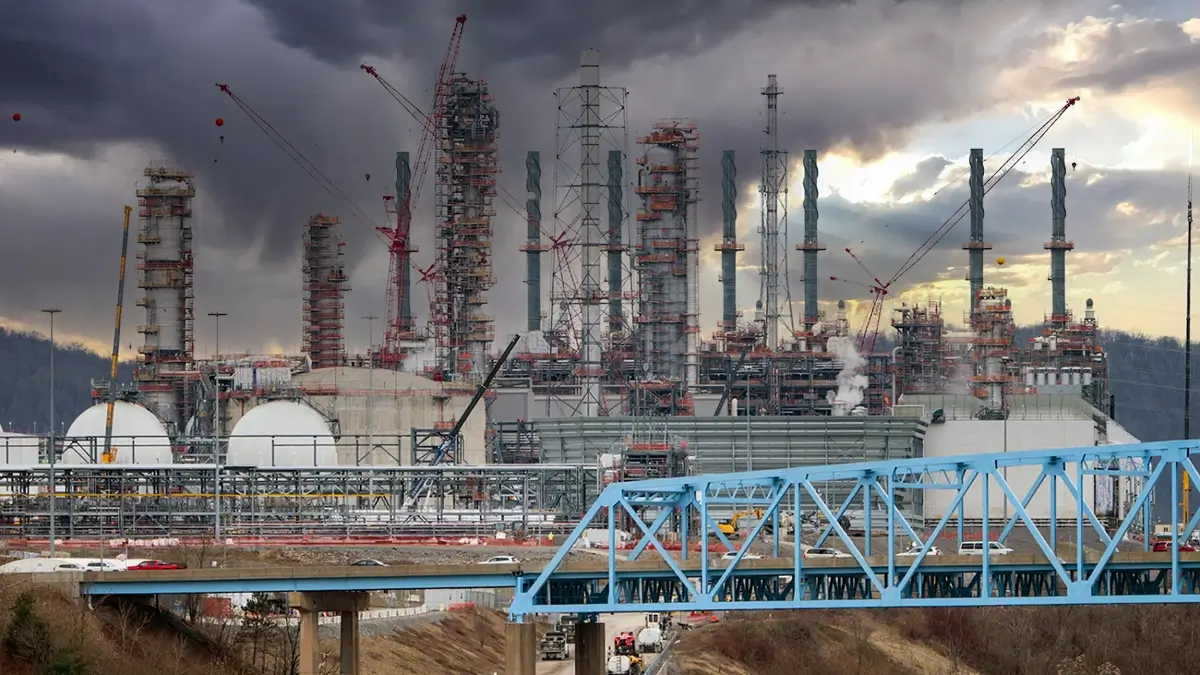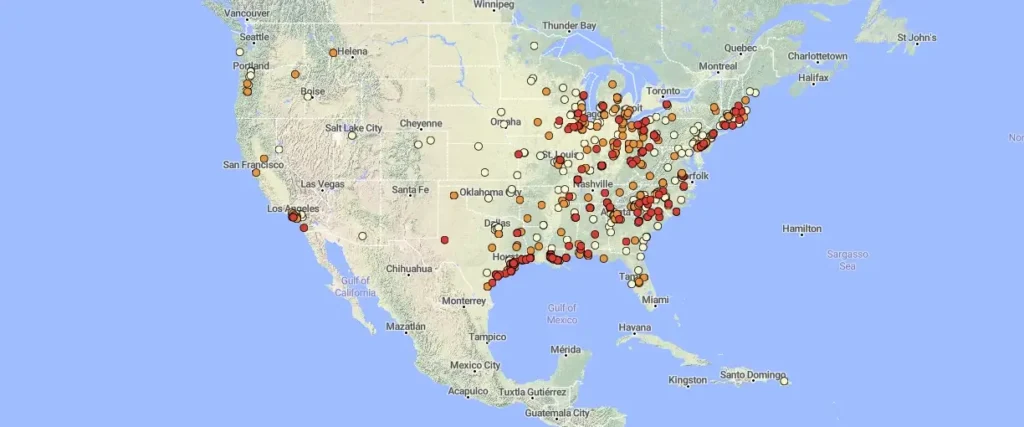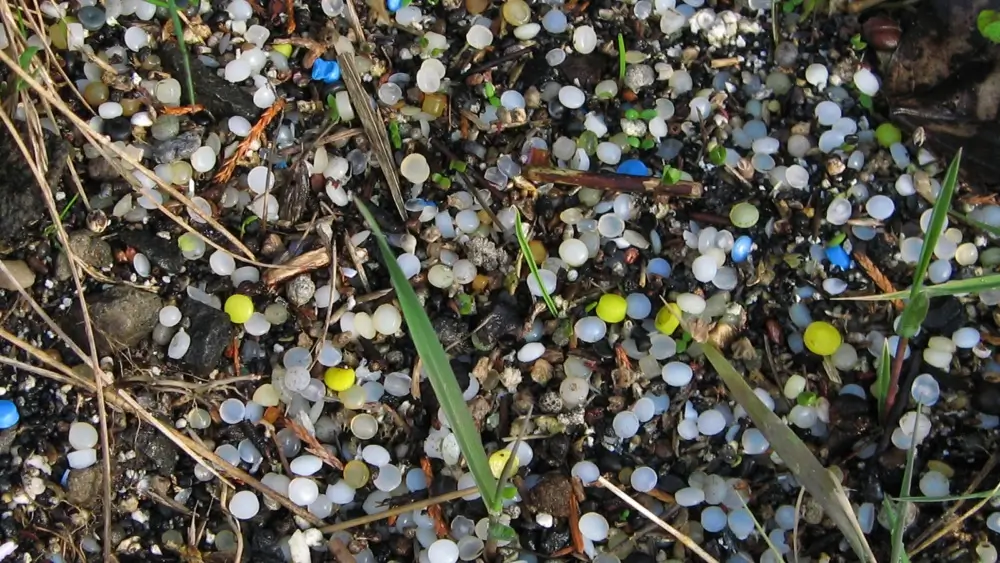
WHERE IS PLASTIC PRODUCED?
There is a lot of concern about microplastics, as they have been found just about everywhere- from isolated Rocky Mountain lakes to the deepest part of the ocean, as well as in our own bodies. When we think about microplastics, most people think about broken down bits of larger plastic items. However, the origin of almost all plastic starts with microplastics called “pre-production microplastics.” These flakes, beads, pellets and powders are mixed with additives, melted and molded, and then shipped or trucked to facilities that turn them into the plastic products that are ubiquitous in our lives. And just like the broken down bits of larger plastic items, pre-production microplastics, especially plastic pellets or “nurdles,” are ending up in our environment at alarming rates.
To better understand how and where plastic pellets are entering into our environment, we mapped the location of pre-production microplastic facilities across the U.S., using data from the Environmental Protection Agency’s Toxic Release Inventory Database, which tracks waste management of chemicals which pose a threat to human and environmental health. We specifically sought to identify where “pre-production microplastic facilities” were located.

Tier 1, Red – indicates a facility where we found publicly available information that the facility produces a product that the company or parent company sells in a pre-production microplastic form.
Tier 2, Orange – indicates a facility where we were able to find publicly available information that the company or parent company produces a form of pre-production microplastic, but there was insufficient information to determine if that specific facility produces a form of pre-production microplastic.
Tier 3, Yellow – indicates a facility which was listed as being a plastic manufacturer in the Toxic Release Inventory, but we did not find evidence that this particular facility or company produces a product in pre-production microplastic form, or we found evidence that this facility does not produce a product in pre-production microplastic form, despite the company/parent company producing pre-production microplastics at other facilities.
“Pre-production microplastic facilities” are where fossil fuels, typically gas or oil, are converted into plastic pellets, powders, granules, amongst others, known collectively as “pre-production microplastics.” They are called “pre-production microplastics” because after being produced, they are sent to another manufacturing facility to be melted and molded into many of the plastic products so familiar in our lives – everything from plastic bottles to toothbrushes to plastic packaging. One of the most common types of pre-production microplastics is plastic pellets, also known as nurdles, which is a major source of plastic pollution in our waterways.
Ten trillion plastic pellets are estimated to enter the ocean each year because they are lost at every stage within the plastic supply chain. It is estimated that plastic pellets are the second most common type of primary microplastic in the ocean by weight. Primary microplastics are manufactured as microplastics; secondary microplastics are microplastics that are broken down bits of larger plastics. In 2021, North America produced 17% of the world’s primary plastic and was the world’s largest exporter.
” Through our research we found that there are 141 facilities that manufacture pre-production microplastics of some kind. Another 193 facilities are owned by a company or parent company that produces pre-production microplastic, but there was insufficient publicly available information to confirm if the particular facility produces pre-production microplastic. These facilities are located in 33 states and within 13 of the 18 water basins in the continental United States (72%).
We found that these facilities are often built close to refineries and methane gas sources due to the symbiotic relationship between the oil and gas industry and the plastic industry. In addition, logistics and economies of scales play a role in where they are located. They are often clustered near shipping corridors, both rail and sea. The highest concentration of facilities is along the Gulf of Mexico and in the eastern U.S. The area with the lowest number of facilities within the continental U.S. is in the Rocky Mountain region. ” – CALPIRG

Eyes on the Ground
Plastic pellets can be found anywhere, but are found in the highest abundance near facilities that produce, transport, transfer, or use them. Pellets lost on land will likely eventually find their way to waterways. For that reason, they are most commonly found on riverbanks, lake shores, and beaches near facilities that handle them.
This map should make it easier for folks concerned about potential plastic pollution in their area to know where to look for potential issues. We encourage people interested in plastic pollution to go on a plastic pellet hunt. A plastic pellet hunt can be as simple as going out and looking for pellets. However, you can also include the data from this work within a citizen science project, such as Nurdle Patrol or Fidra. These projects are helping to create a broader understanding of the extent and depth of the issue of plastic pellet pollution.

